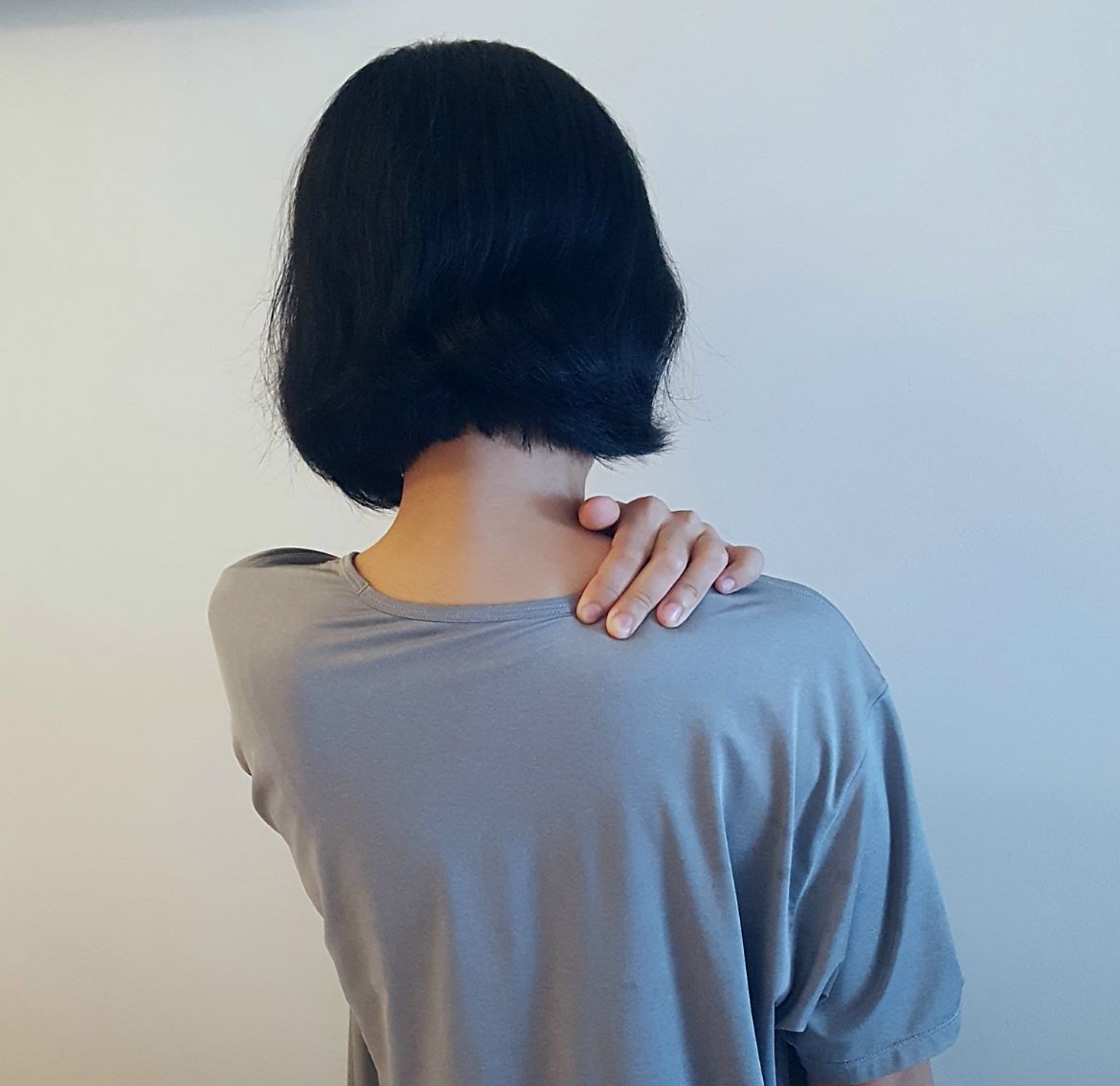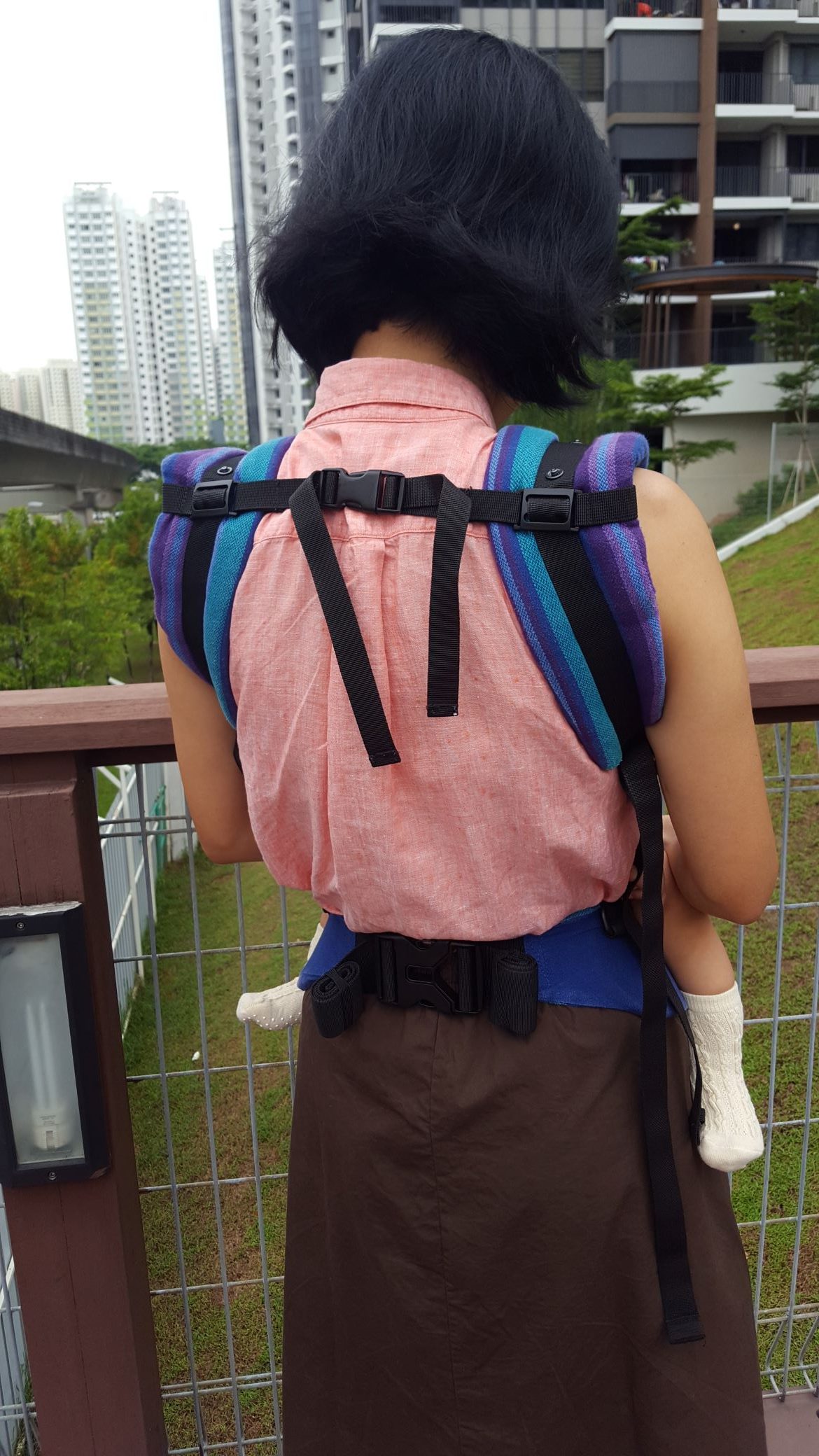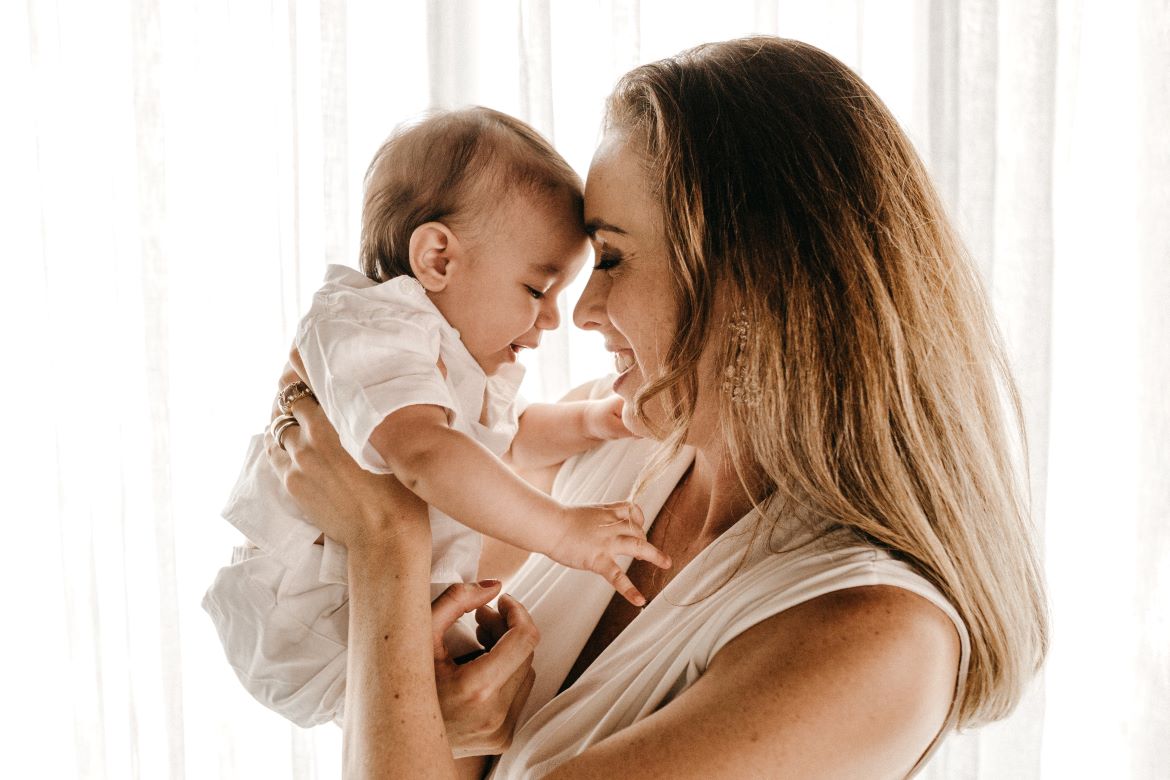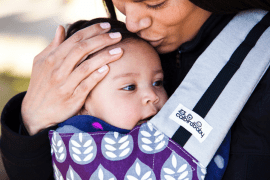By Rynette Tan & Louise Yow
Shoulder/neck pain
The large majority of caregivers tend to carry babies on their front using a soft structured carrier, or full buckled carrier. In this position, the carrier’s straps sit on the caregiver’s shoulders, in rucksack style. With the baby’s weight on the wearer’s front, the caregiver’s shoulders tend to be pulled forward. For many caregivers who are not mindful of this forward pull and do not or are unable to extend their back, pain can result at the top of the shoulder/neck area as well as at the front of the shoulder area. In some cases, poor posture can also result in headaches or pain at the shoulder blades.

If the child is carried on the back, a caregiver might overcompensate by bending forward slightly to counter the weight of the child. That puts a lot of stress on the neck and back as we are not built to walk around in a posture that has us hunching forward.
It is also possible to strain the shoulder/neck or arm when reaching back to buckle the carrier or while tying the wrap to do a back carry.
Specifically, childbirth may have an impact on a mother’s flexibility. At times, reaching beyond one’s usual range of movement may result in strained or pulled muscles.
Back pain
Lower back pain is another common issue faced. This can occur when the waistband is worn too low, causing the parent to extend the back to counter the baby’s weight. Over time, the back muscles are overworked and result in aches and pains.
If the child has outgrown the carrier, the fit of the carrier may not be ideal and can stress the joints/back of the person carrying the child in the carrier. In some cases, the child may not be properly supported and may be leaning to one side. This can result in overcompensation towards one side on the wearer’s end.
If the babywearer has weak core muscles, he/she would naturally extend the back and hips more to compensate and can cause muscle imbalances to the back and hip muscles.
To illustrate our point, try this exercise. Standing relaxed, be aware what your posture is like in this standing position. Now, gently tighten your stomach muscles by imagining your pants are tight and you are trying to pull the zip up. Do you notice when you tighten your muscles, your posture changes immediately? Your center of gravity shifts and you don’t seem to sway forward so much. That’s what happens when you strengthen your core muscles and your spine has more muscles supporting it.
Hip pain
Hip pain is also possible with poorly fitted carriers. An ergonomic carrier, worn correctly, is designed to allow the weight of the child to be spread equally along the caregiver’s axial skeleton – across the collarbone, along the spine and across the pelvic/hip region. Improper fitting of the carrier could result in uneven weight distribution which will stress the hip more than necessary.

Worn too low, the waistband of the carrier could also potentially block the movement of the hip when walking and this over time can cause strain in the hip muscles.











